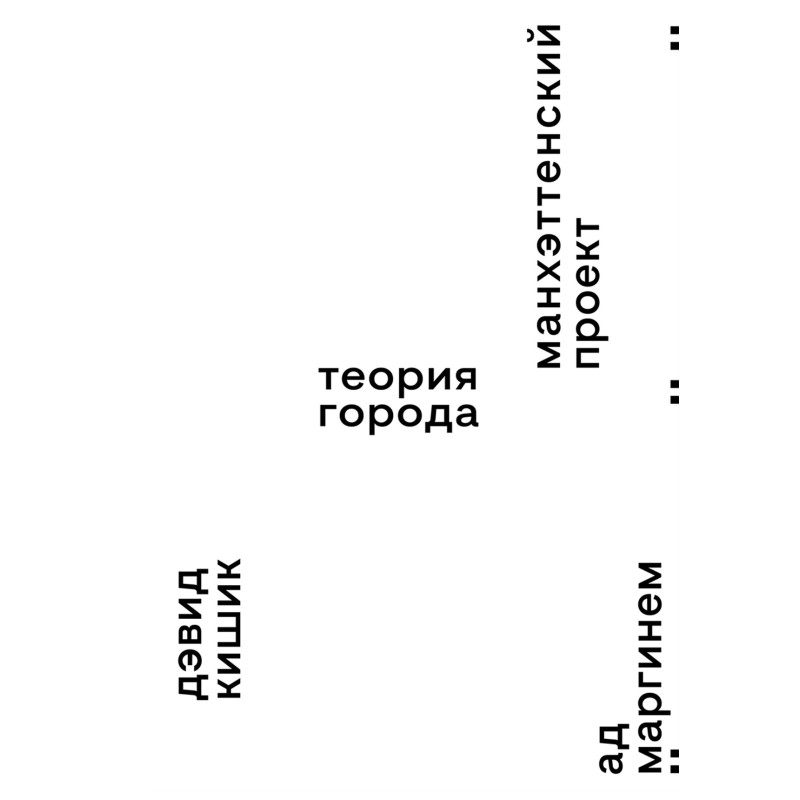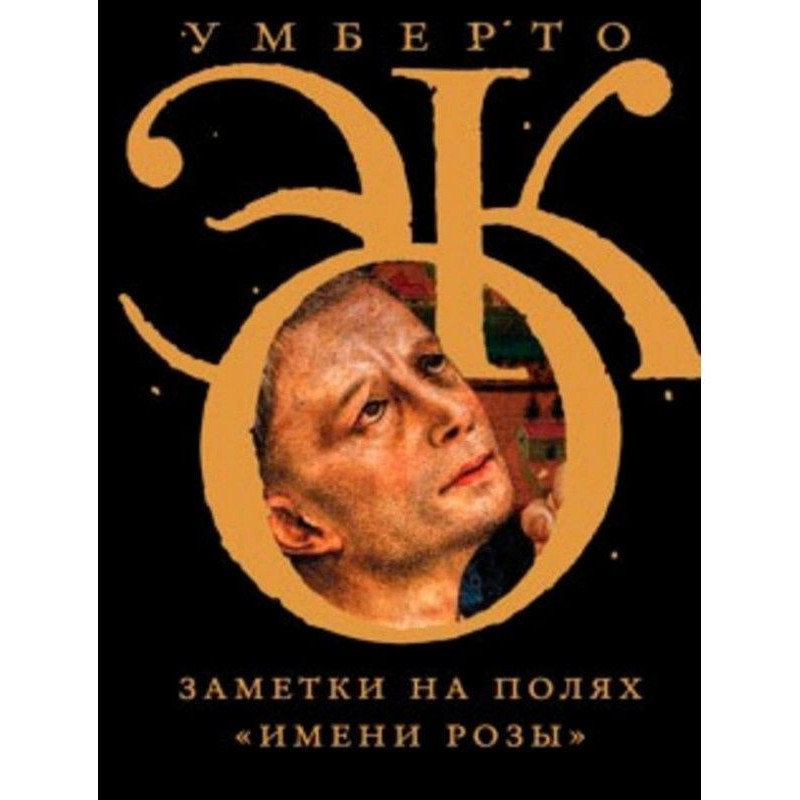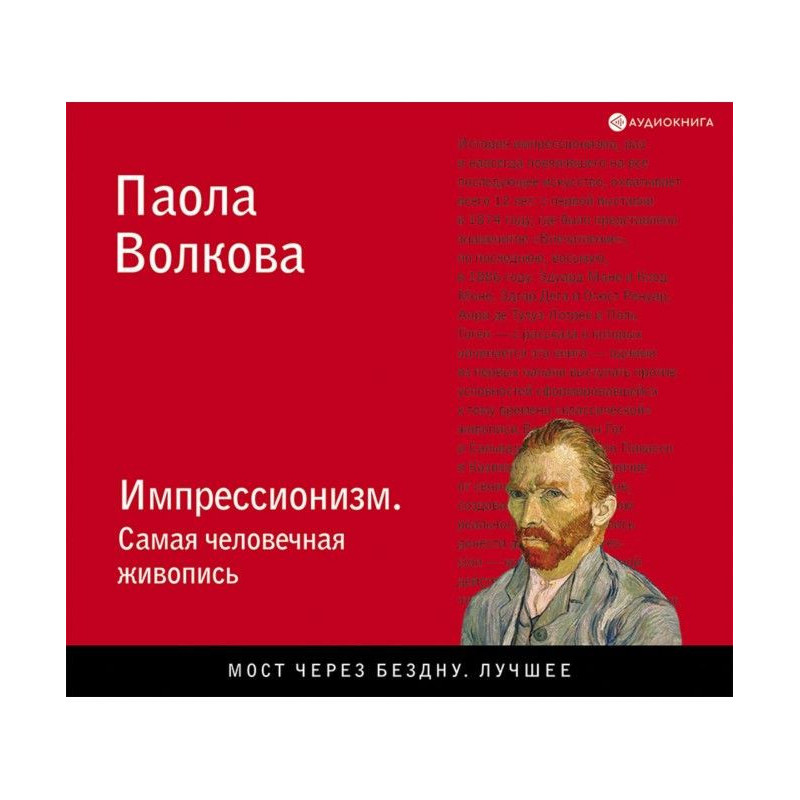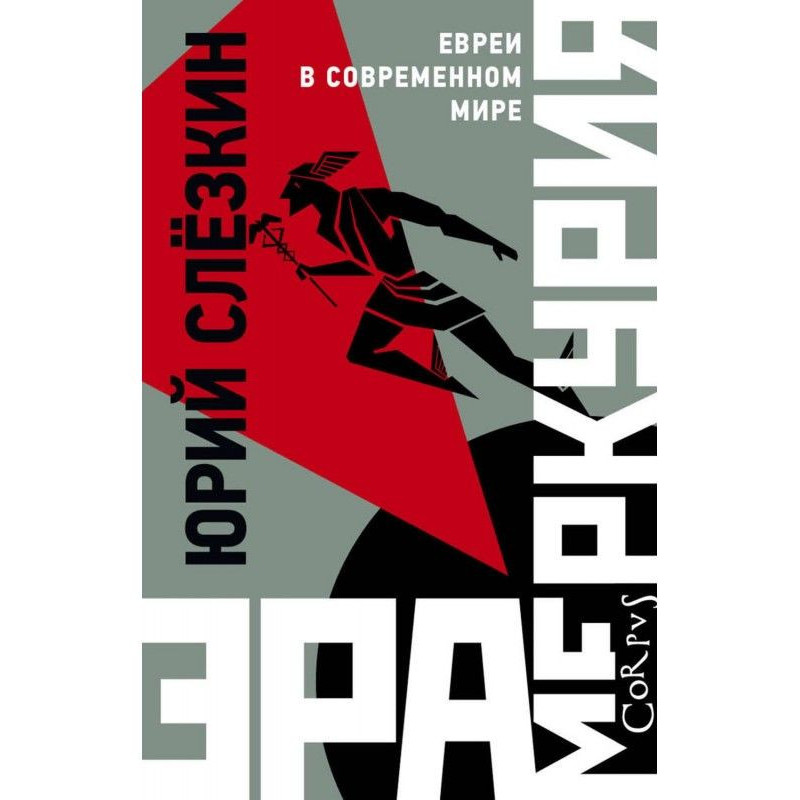Manhattan Project. City theory
 Instant download
Instant download
after payment (24/7)
 Wide range of formats
Wide range of formats
(for all gadgets)
 Full book
Full book
(including for Apple and Android)
David Kiszyk is a professor at Boston's Emerson College, known, among other things, for his experiments in fictional philosophy, the starting point of which is the “alternative fact”, what could happen if... In the book The Manhattan Project. The theory of the city becomes such a “fact” in the successful escape of Walter Benjamin to the USA, where his famous project Passages, dedicated to Paris, the capital of the 19th century, is continued using the material of New York in the 1940s–1980s. Through Benjamin's sensitive lens we observe concrete streets and skyscrapers, graffiti and suburban dreams, sandwich people and the homeless, "genius loci" - Woody Allen, Robert Moses, Andy Warhol, Rem Koolhaas, Hannah Arendt, Jane Jacobs, Joseph Gould... - form a mental map of the capital of the twentieth century, New York. Using three axes - reality/fantasy, politics/economics, heaven/hell - on which there is a place for any elements of a big city, Kishik composes his New York “fiction” philosophy and selects metaphors of modernity in the second third of the twentieth century, groping in “ chaotic and fragmented urban happening" manifesto of the urban revolution. The publishing layout is saved in a4.pdf format.
Data sheet
- Name of the Author
- Дэвид Кишик
- Language
- Russian
- Translator
- Алексей Снигиров
Reviews
Вражаюча подорож у світ альтернативних реальностей
Книга "Манхеттенський проект. Теорія міста" Девіда Кішика - це справжній витвір мистецтва, який поєднує в собі філософію, історію та урбаністику. Автор майстерно грає з концепцією "альтернативного факту", пропонуючи читачеві унікальну можливість зазирнути в те, як могла б виглядати історія Нью-Йорка, якби Вальтер Беньямін втік до США. Кішик не просто описує місто, а створює його ментальну карту, наповнену образами, які викликають емоції і спонукають до роздумів. Його аналіз взаємодії між реальністю та фантазією, політикою та економікою, раєм і пеклом вражає своєю глибиною і актуальністю. Книга спонукає до роздумів про сучасність, урбаністичні процеси та наше місце в цьому хаотичному світі. Рекомендую всім, хто цікавиться філософією, культурою та історією міст













